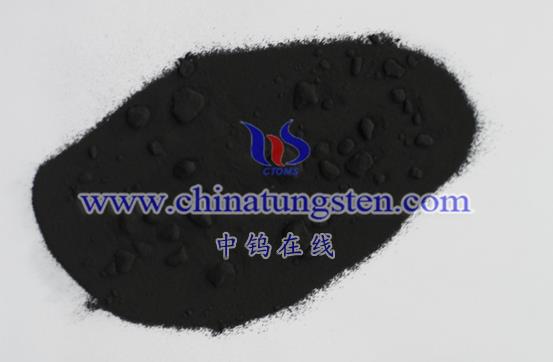Tungsten tetrabromide is an inorganic compound with the chemical formula WBr4. In this compound, a tungsten atom is covalently bonded to four bromine atoms. The bromine atom forms a bond with the tungsten atom by donating electrons, so that the oxidation state of the tungsten atom is +4. It should be noted that the molecular structure and bond angle of tungsten tetrabromide will be affected by the size of the bromine atom.
Tungsten tetraiodide is an inorganic compound with the chemical formula WI4. In this compound, a tungsten atom is covalently bonded to four iodine atoms. Similar to tungsten tetrabromide, the iodine atom forms a bond with the tungsten atom by donating electrons, so that the oxidation state of the tungsten atom is also +4. However, unlike tungsten tetrabromide, the iodine atom has a smaller radius, so the molecular structure and bond angles of tungsten tetraiodide are affected by the size of the iodine atom.
From a conceptual point of view, the main difference between tungsten tetrabromide and tungsten tetraiodide is that they contain different halogen atoms, namely bromine atom and iodine atom. This atomic difference leads to certain differences in their molecular structure and chemical properties. Although their tungsten atoms are both in the +4 oxidation state, their chemical properties and reactivity may vary due to the different electronegativity and atomic size of the bromine and iodine atoms.

More details of tungsten, molybdenum and rare earth news, please visit website: https://www.ctia.com.cn/en/
Please contact CHINATUNGSTEN for inquiry and order of tungsten and molybdenum product:
Email: sales@chinatungsten.com
Tel.: 86 592 5129595






